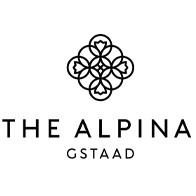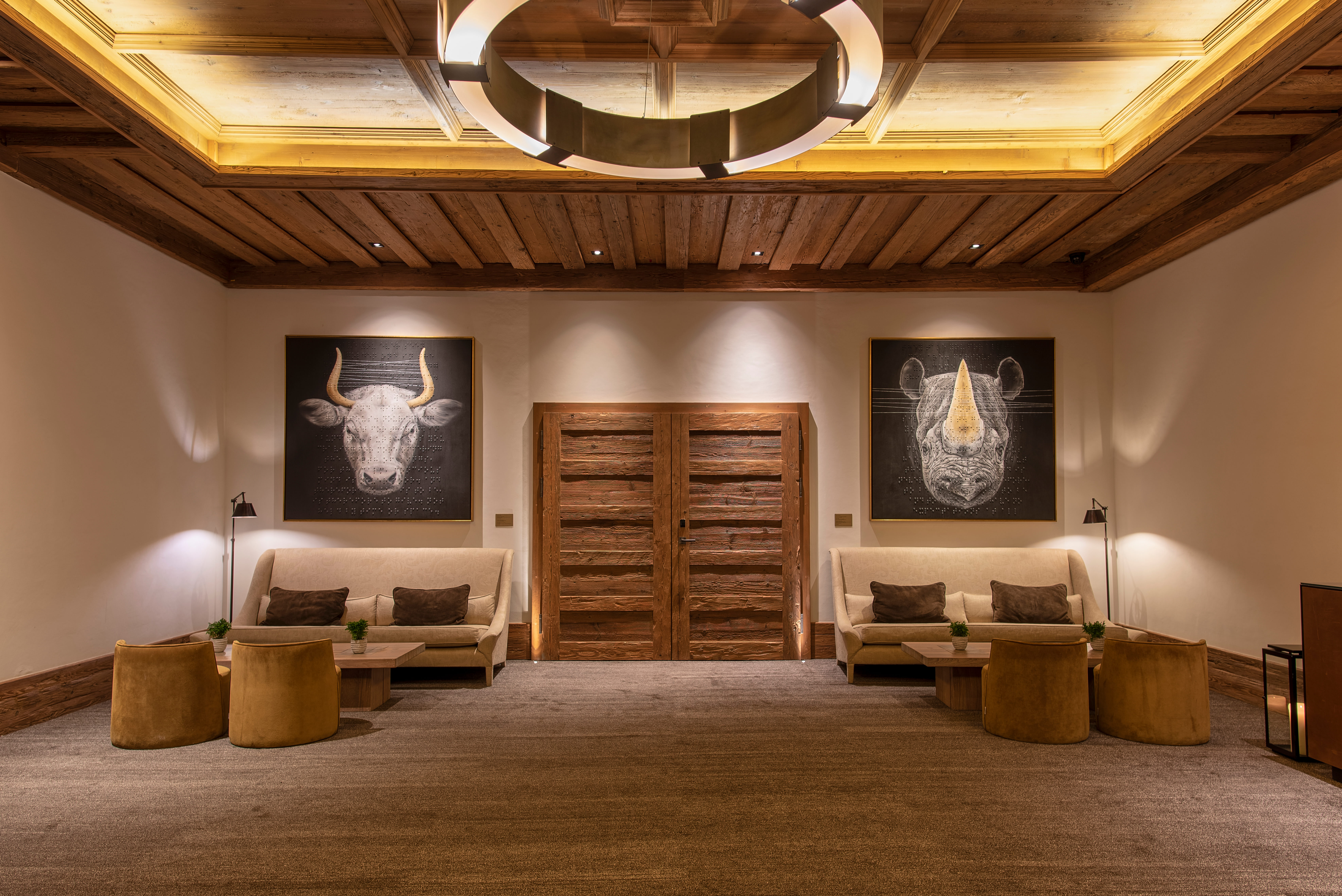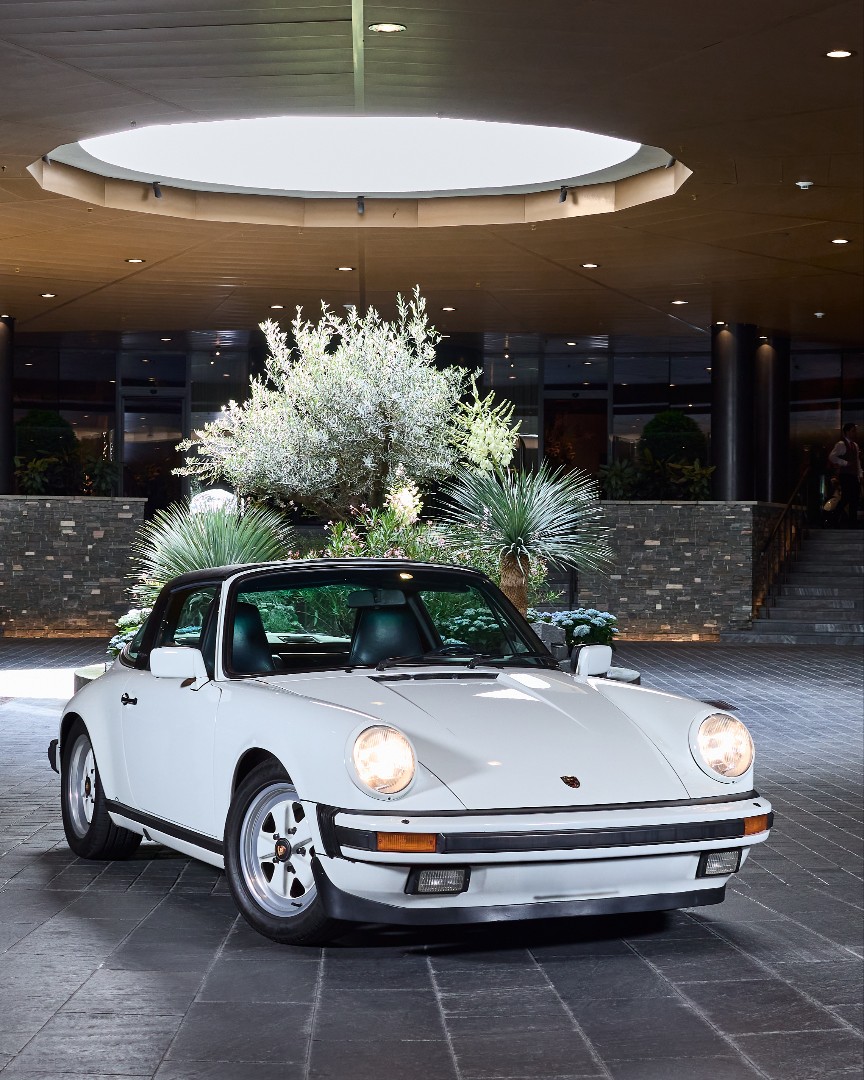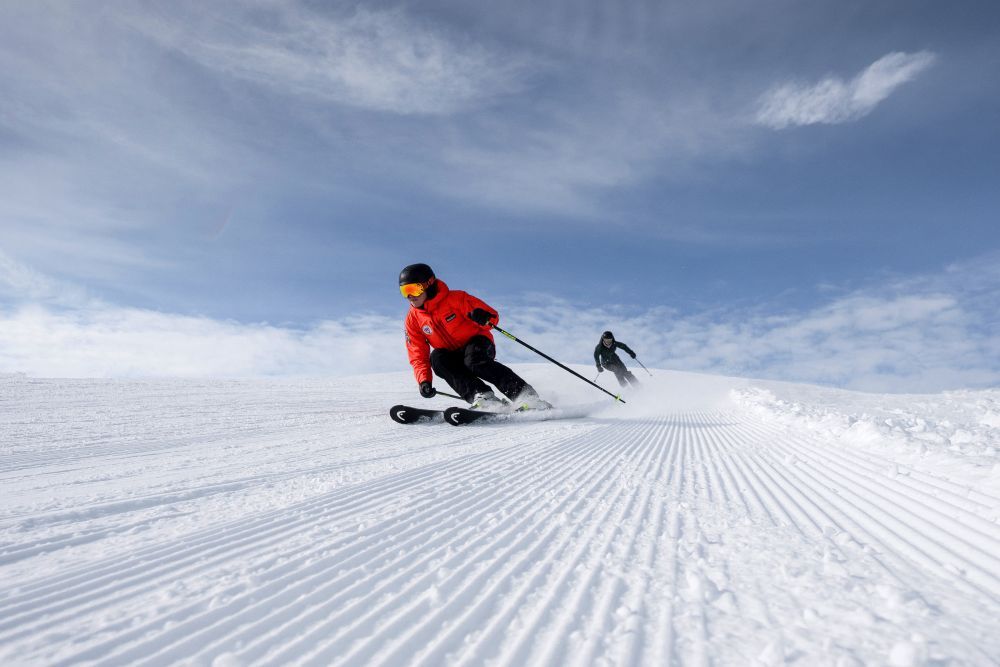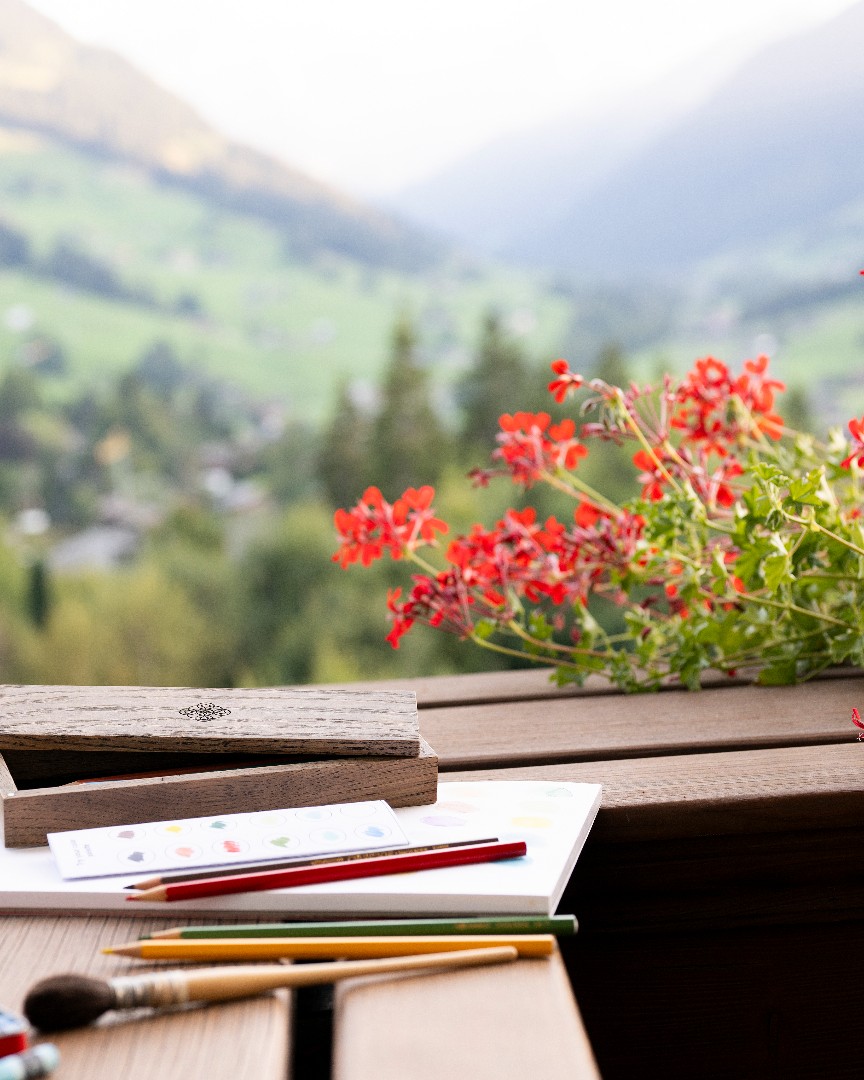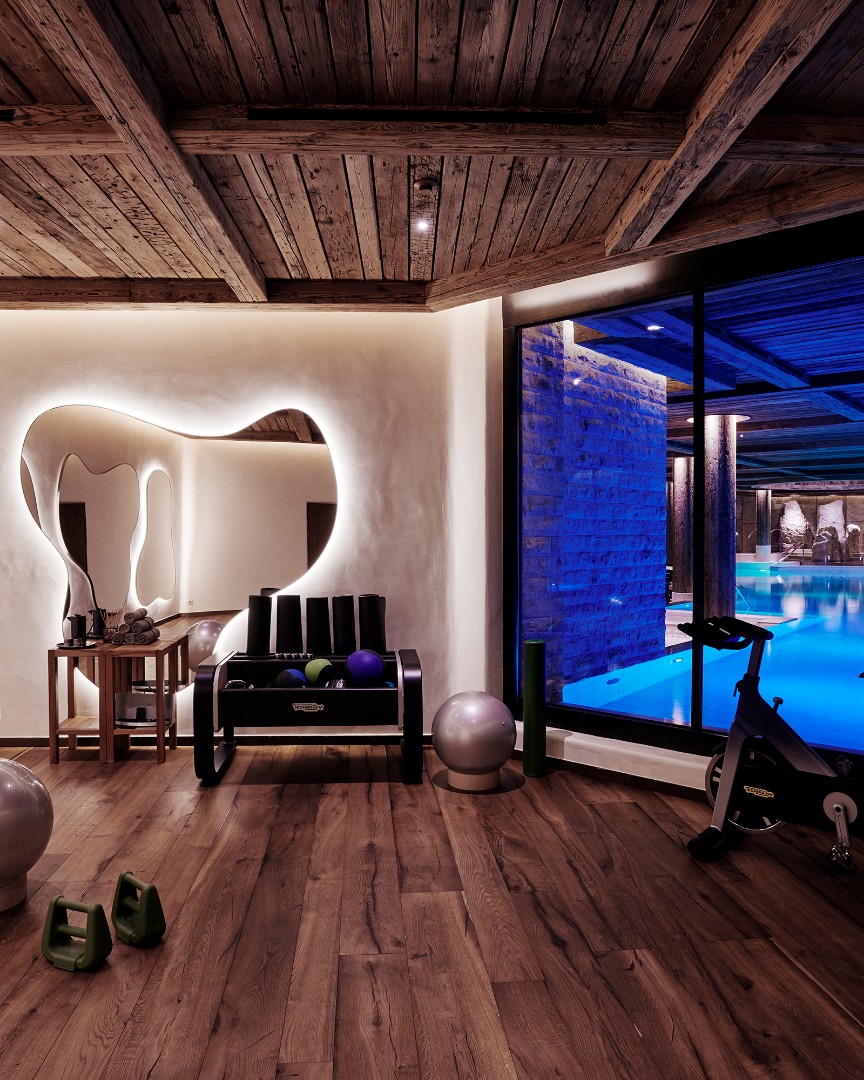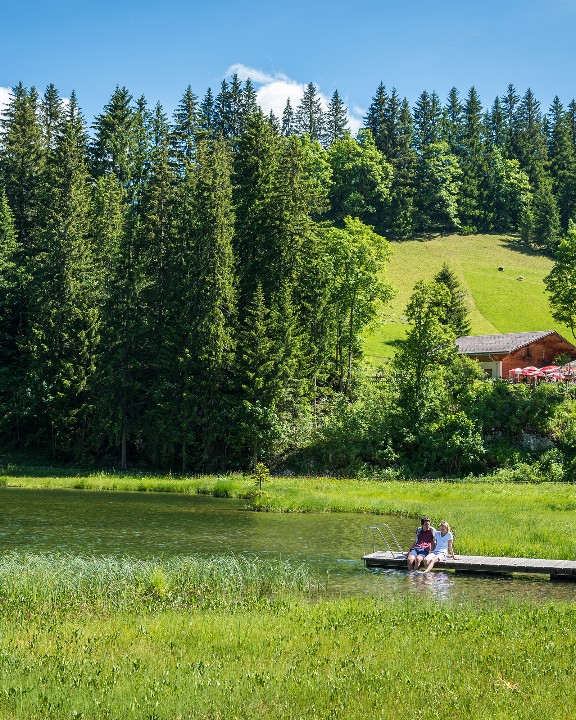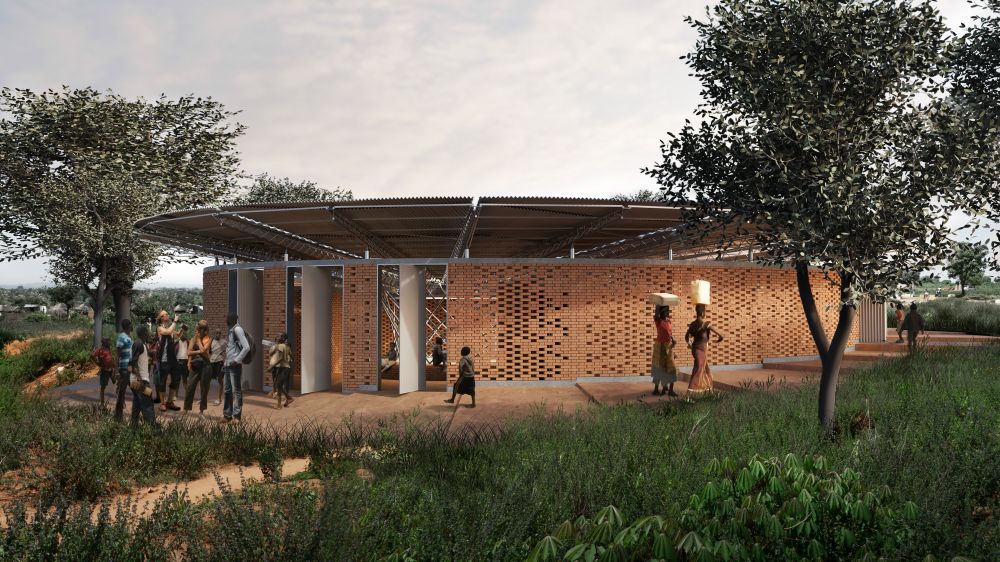 All Articles
Art & Culture
Fashion & Beauty
Gastronomy
Hotel
Interview
Philosophy
Tourism
Well-being
All Articles
Art & Culture
Fashion & Beauty
Gastronomy
Hotel
Interview
Philosophy
Tourism
Well-being
 Architecture
Design
Fashion
Gastronomy
Real Estate
Architecture
Design
Fashion
Gastronomy
Real Estate

Anyone who has ever visited Gstaad knows the river that flows through our beautiful village, the Saane, which has given its name to our community. But what makes it so special?
This 126 km-long river feeds a total of six dams, which use its 1,895 m gradient to produce electricity for the region. And that’s not all. There is evidence of the Saane being used as a waterway back in the 14th century. The river rises on the south side of the Sanetschhore in the canton of Valais, where it is called the Sarine. From here, the Saane’s 1,892 km² drainage area stretches from the Bernese Alps across the Prealps to the Swiss Plateau, before joining the Aare river, itself a tributary of the Rhine that winds all the way to the North Sea.
The Saane/Sarine acts as a symbolic language border between German and French-speaking Switzerland. The east bank of the Saane is German-speaking and the west bank French-speaking, a division dating back to the 3rd century when the Alemanni occupied the east of the Swiss territory and the Burgundians the west. Back then, the Aare constituted the border between the two, but this border was later moved to the Saane. Today, traces of these civilizations can still be found in the village and town names: on the west bank of the river, one often finds names ending in “-ens,” such as Rossens, while villages in the east more often end in “-en” and “-ingen,” like Schiffenen or Bösingen.
To reach the reception, ask the concierge or make a reservation click on the bell!

